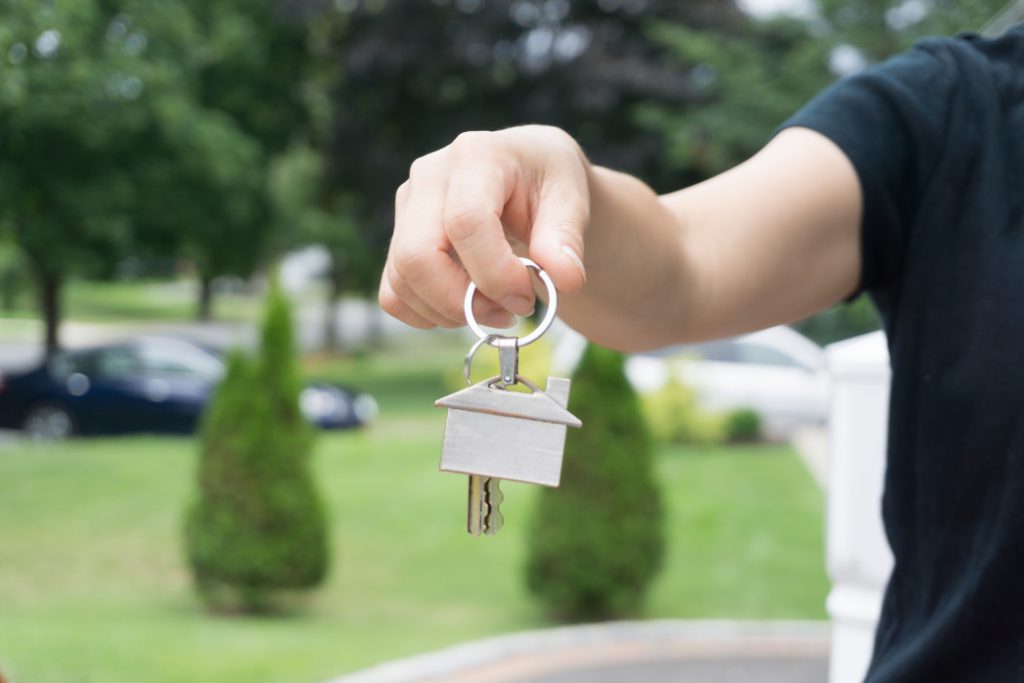
When investing in real estate, it’s important to understand the different types of property and residence referred to in loan documents.
A single-occupancy primary residence loan is usually available at a lower rate and with a lower down payment.
Investment property often comes with a premium price tag on financing and more restrictions on a loan.
If you are interested in real estate investing but don’t have a lot of cash on hand, buying a primary residence can be a way to get the best rates without putting up a lot of cash.
What Is a Primary Residence?
A primary residence is a living space in which you reside for the majority of the year.
You must live in the house for at least six months and one day each year.
When you buy a primary residence, you may be eligible for loans with no down payment or lower interest rates. You might also be offered a longer term on the loan.
What Do Lenders Look for in a Primary Residence?
When you try to secure a loan for a primary residence, lenders look at the property differently than they would an investment property.
They look to see if the property has everything you need to make it a comfortable living space. Does it have bedrooms, a kitchen, bathrooms, and other living areas?
They might also check to see if the space is comparable or better than your existing living situation.
For example, if you currently live in a single-family house, lenders may deny a loan if you are buying a townhouse replacement. From their perspective, that would be a step down in living accommodations.
If you can’t satisfy the residency requirement, you can’t sign a loan for a personal use property.
Second Home vs. Primary Residence
You might be interested in buying a vacation home or second property if you do a lot of commuting.
You could also be interested in buying a house for a family member.
In those situations, there are ways to list the second home as a primary residence.
For example, if you are buying a home for your college-aged child, you might be able to buy a property as a primary residence.
Buying a Non-Occupied Single-Family Home
A single-family home, in the context of a mortgage, is simply a property that has only residential space and only houses a single family.
A property with an additional rental unit would not meet the definition of single family; instead, it would be a multifamily property.
A mixed-use property, one with both commercial and residential space, would also be out.
When buying a non-occupied single-family home, you are looking for a property with only a single unit.
Non-occupied refers to the fact that you won’t be living in the home after the purchase.
You could be buying on speculation or with the intent to rent out the home, but it won’t be your primary residence.
That means you need to find funding that is not dependent on residence.
Be Upfront About the Intended Use
No matter what you intend to do with the property, give your lender full disclosure.
If you intend to rent the property from day one, you qualify for a different type of loan than if you intend to move in.
If you plan to live in the house for at least a year, you might qualify for a personal mortgage.
By providing all the information, you allow the lender to find the right financing package for your needs and intended use.



